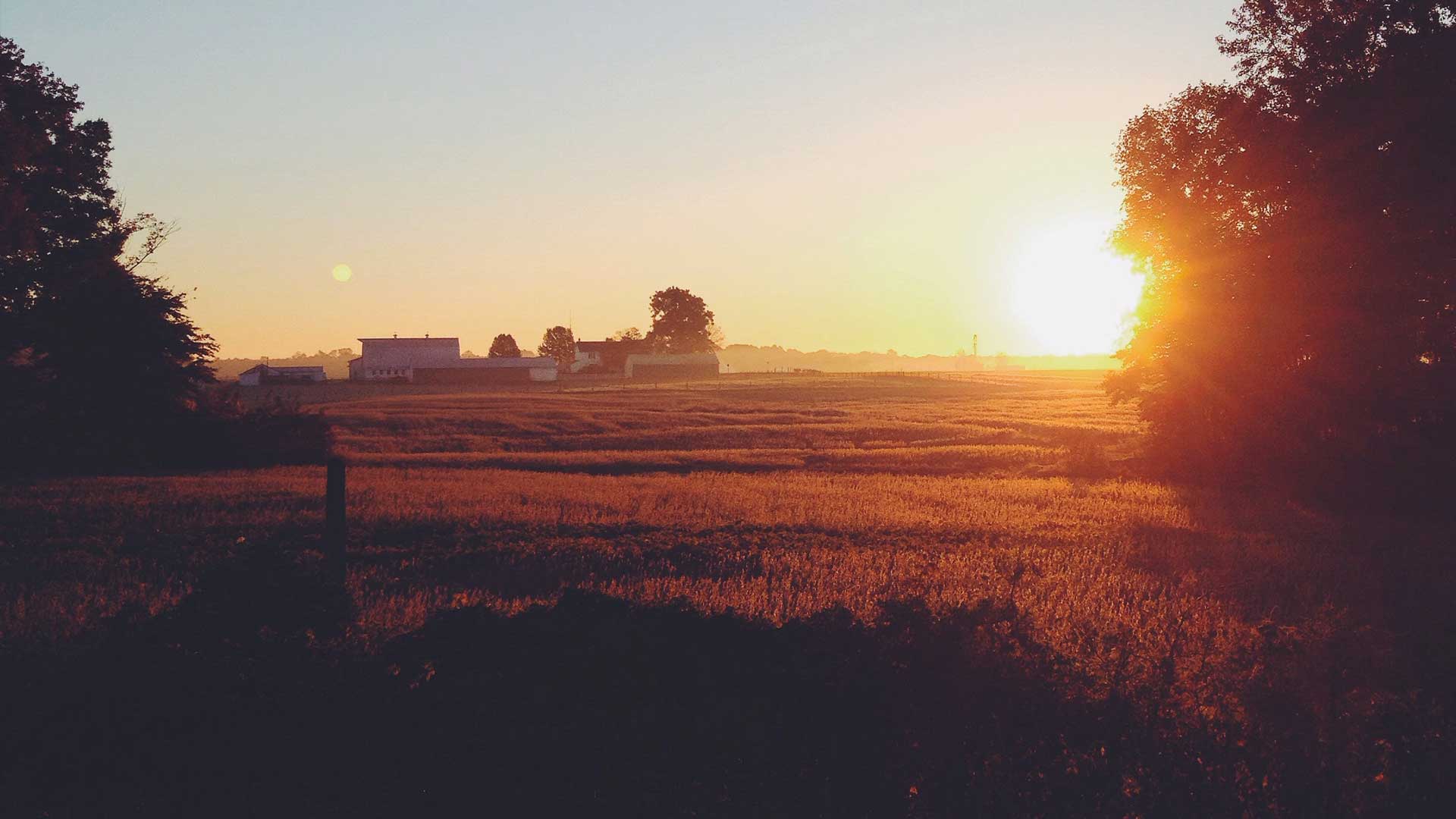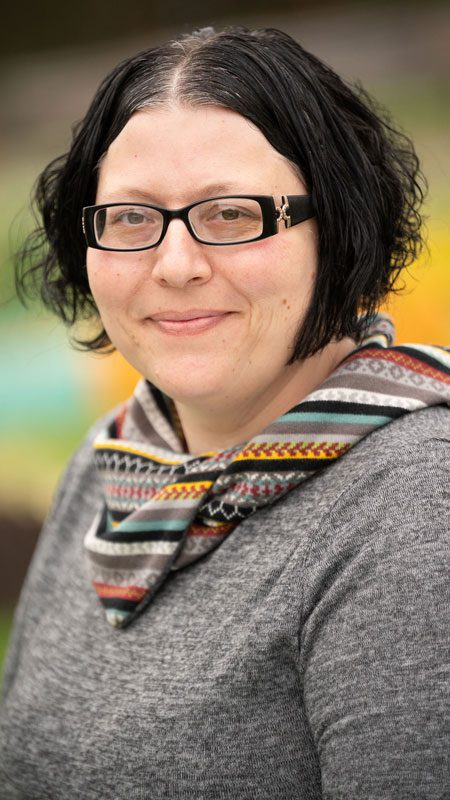What’s Really Behind Hunger? How A Vehicle Breakdown Uprooted the Murphy Family

Most people have an idea of what hunger is, but understanding what causes it in the first place is a different story.
Over the years, neighbors have helped us try to understand by sharing their personal experiences with us. And while they differ in the details, most stories illustrate a lack of resources and a domino effect on their lives, restricting their ability to access and consume healthy food.
In September 2024, 54% of Marylanders said they had to sacrifice food for transportation more than once in the past year, and nearly 20% are forced to make that decision each and every month.

Recently, a member of our Speakers Bureau shared her experience when her car broke down, and how the lack of a resource that we might take for granted suddenly meant that her family was one of those making the tough choice between food and transportation.
Making the Tough Choice Between Food and Transportation
My name is Jeni Murphy, and during what was an already rough time for our family, I found myself having to depend on public transportation. But I live on the Eastern Shore, and we don’t really have a widespread public transportation system here.
There are a few buses, but the routes are limited.
Working in Salisbury and commuting an hour wasn’t bad when I drove, but all of that changed, when our car broke down, and was not worth the money to repair. And our budget was stretched thin already…
3:00 a.m.
Wake up and figure out how to get to work. I’d start by looking for an Uber, and even if it was available, it would cost $25+ each trip, which would quickly eat up more money. So, I would text a neighbor and ask for a ride to the Cambridge Walmart so I could catch the Delmarva Community Transit (DCT) bus.
4:45-5 a.m.
Arrive at Walmart with just a few minutes to plan my day before the bus came (if it was on time). Thankfully, I had an EBT/SNAP (food stamp) card and ID and could ride for $1. Much better than Uber and helped us save money for a new vehicle.
5:10 a.m.
Board the bus to Salisbury.
6:05 a.m.
Exit the bus at the Calvert Street parking lot, walk several blocks, then cross Route 50 to the office—which was in the basement of a church. (I usually didn’t mind the walk, except when it was dark or raining). Then, I’d lock the office door and try to catch up on paperwork.
10:00 a.m.
Open the office, assist consumers for four hours.
2:00 p.m.
Close the office to the public, finish paperwork and wait for public transportation to be available to begin my journey home.
3:30 p.m.
Lock the office for the day, cross Route 50, walk several blocks back to the Calvert Street parking lot, wait for the bus back to Cambridge.
3:55 p.m.
Arrive at the bus stop. (The bus was listed to arrive at 4:10 p.m. and would leave to go back to Cambridge around 4:25pm. Only thing was if you didn’t get on the bus when it got there, you could miss it!)
4:10 p.m.
Pay my $1 fare and ask the driver for a transfer ticket. This allowed me to transfer to the Easton bus without paying an extra dollar. At that time, I didn’t have a reliable ride home from Walmart, which was several miles from home, and walking that whole way was out of the question.
4:40 p.m.
Kindly ask the driver to deviate from the standard route. Most were ok with it, which helped shorten the distance I would still have to walk. Bus drivers would slow down, but never pull to whole way over to the shoulder, and I swear it felt like they never fully stopped the bus!
5:10 p.m.
Rush to exit the bus as safely as possible.
5:12 p.m.
Walk about a quarter mile on the highway, then take the shortcut to my neighborhood through the woods. During the weeks when the sun was out longer, it wasn’t too bad. But on cooler, or bad weather days, it wasn’t pleasant, and never the safest thing to do, but I had to make it work.
6:30 p.m.
Finally arrive at home, find the time and energy to eat, shower and get ready for the next day.
We’ve all experienced minor inconveniences, and the frustration we feel trying to work around them. But when Marylanders like Jeni share their story, illustrating the ripple-effects of a lost resource, we get a glimpse of understanding about deeply a root cause of hunger can affect a family’s day-to-day life. ![]()

About The Author
Ben Gross
For more than 30 years, Ben has been helping organizations raise awareness and inspire action by creating compelling narratives. And since 2018, Ben has been the Maryland Food Bank's Staff Writer, elevating the voices of food-insecure neighbors to further the Maryland Food Bank's mission of feeding people, strengthening communities, and ending hunger for more Marylanders.
We Need Your Help
Programs, campaigns, and educational outreach at the Maryland Food Bank has always relied on the philanthropic support of charitable individuals like you.
Much like our food distribution efforts, outreach activities at the Maryland Food Bank rely on generous donations of money and time.
We hope you’ll consider a contribution.







